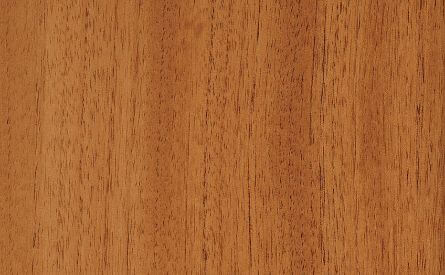SPANISH CEDAR
Cedro / Cedrela odorata

Local Names
Source & Tree
Cedro widespread in the Neotropics from Mexico to Argentina, including parts of the Caribbean. Trees prosper on rich, well-drained humid sites but are well adapted to a variety of climates of drier and hillier terrain. Trees can reach heights up to 35m and diameters 50cm with wide buttresses. Cedro’s name arose when Spanish settlers in the Americas found its scent reminiscent of the Old World cedar (Cedrus). The leaves, when crushed, have a garlicky scent that becomes more intense during flowering. The species doesn’t appear in high concentrations in natural forests due to the Hypsipyla grandella moth which bores into its tip. For the same reason, it is rarely established on plantations which are affected by the moth unless properly controlled. Through years of research, IWC’s sister company, Izabal Agro-Forest, has developed management techniques that minimize infestation, allowing plantation systems.
Wood Appearance
Processing Properties
Strength & Durability
Wood Uses
Ecological & Social Relevance
| Reference Species | ||||
| Technical Characteristics | Cedro | Yellow Poplar | Eastern White Pine | |
| Density | kg/m3 | 448 | 460 | 400 |
| Janka Hardness | kgf | 184 | 245 | 172 |
| Bending Stiffness (Modulus of Elasticity) | GPa | 9.1 | 10.9 | 8.6 |
| Bending Strength (Modulus of Rupture) | MPa | 70.8 | 69.7 | 59.3 |
| Crushing Strength | MPa | 40.4 | 38.2 | 33.1 |
| Shrinkage, Radial | % | 4.1% | 4.6% | 2.1% |
| Shrinkage, Tangential | % | 6.2% | 8.2% | 6.1% |
| Shrinkage, Volumetric | % | 10.2% | 12.7% | 8.2% |
| T/R Ratio | 1.5 | 1.8 | 2.9 | |
| Values determined at 12% humidity | ||||
|---|---|---|---|---|
DENSITY
JANKA HARDNESS
BENDING STIFFNESS
BENDING STRENGTH
CRUSHING STRENGTH
SHRINKAGE
Values are for reference only and cannot be guaranteed. Wood is a natural material and physical and mechanical properties may vary depending on age, genetics, and other factors. We encourage customers to consult the references provided in the bibliography. For further explanations of wood’s key technical characteristics, an excellent resource is the Wood Database with articles on Density (average dried weight); Janka hardness; Elastic Modulus; Rupture Modulus; Crushing Strength; Radial, Tangential and Volumetric Shrinkage.






